Getting a tattoo is an exciting and personal decision, but it's important to remember that the healing process is a crucial part of the journey. The time it takes for a tattoo to heal can vary depending on several factors, including the size and complexity of the tattoo, your overall health, and how well you follow aftercare instructions. Here's a comprehensive guide to understanding the tattoo healing process and what you can expect during each stage.
Initial Healing Stage: Days 1-6
The initial healing stage begins immediately after you get your tattoo. Your tattoo artist will clean the area and apply a protective bandage to prevent infection. During the first few days, your body will work to close the wound and form a scab. You might experience redness, swelling, and a feeling similar to a mild sunburn. It's essential to remember that this is a normal reaction as your body starts its healing process.
What to Do:
-
Leave the Bandage On: Keep the bandage on for the first few hours or as directed by your tattoo artist. This bandage helps to protect your tattoo from bacteria and other contaminants.
-
Wash Gently: After removing the bandage, gently wash the tattoo with lukewarm water and mild, fragrance-free soap. Use your hands to clean the area; avoid using a washcloth or sponge, as they can be too abrasive.
-
Apply Ointment: Apply a thin layer of tattoo-specific ointment or a recommended moisturizer to keep the area hydrated. Avoid over-applying, as too much moisture can delay the healing process.
-
Avoid Scratching: Resist the urge to scratch or pick at the tattoo, even if it becomes itchy. Scratching can introduce bacteria into the wound and potentially cause infection.
Peeling Stage: Days 7-14
Around the end of the first week, you will notice your tattoo beginning to peel. This is a natural part of the healing process as your body sheds dead skin cells. The peeling can be compared to what you might experience after a sunburn, with flaking and some itching. It's a sign that your tattoo is healing properly, though it may look dull or cloudy during this stage.
What to Do:
-
Moisturize: Continue to moisturize your tattoo regularly to keep the skin hydrated. Use a gentle, fragrance-free lotion to avoid irritating the healing skin.
-
Avoid Picking: Do not pick at the peeling skin, as this can cause ink loss and scarring. Let the skin shed naturally to ensure the best results.
-
Wear Loose Clothing: Wear loose, breathable clothing to prevent irritation from friction. Tight clothing can rub against your tattoo and cause discomfort or damage.
Final Healing Stage: Days 15-30
By the third week, most of the peeling should have subsided, and your tattoo will start to look more settled. The skin may still appear dry or dull, but this is part of the final stages of healing. Your tattoo’s true colors will begin to emerge as the new skin forms over the ink.
What to Do:
-
Continue Aftercare: Keep applying moisturizer and avoid exposing the tattoo to direct sunlight or soaking it in water. Prolonged exposure to water, such as swimming, can introduce bacteria and slow the healing process.
-
Monitor for Issues: Watch for any signs of infection, such as excessive redness, swelling, or pus. If you notice any of these symptoms, contact your tattoo artist or a healthcare professional. Early intervention can prevent more serious complications.
-
Patience is Key: Healing can take up to a month or longer for some tattoos, especially larger or more detailed ones. Be patient and continue to care for your tattoo as advised.
Long-Term Care
Once your tattoo has fully healed, it's important to take care of it to ensure it stays vibrant and healthy. This involves protecting it from sun exposure, keeping your skin moisturized, and avoiding any activities that might damage the tattoo.
Tips for Long-Term Care:
-
Sun Protection: Always apply sunscreen with a high SPF to your tattoo when exposing it to sunlight. UV rays can cause your tattoo to fade over time, so protecting it is crucial.
-
Moisturize Regularly: Keep your skin hydrated to maintain the tattoo's appearance. Use a lotion that is free of harsh chemicals and fragrances.
-
Avoid Harsh Chemicals: Stay away from harsh soaps or lotions that can fade the ink over time. Gentle, fragrance-free products are best for maintaining your tattoo's vibrancy.
Additional Factors Influencing Healing Time
While the stages mentioned above provide a general timeline, several factors can influence how quickly your tattoo heals. These include:
-
Tattoo Size and Detail: Larger tattoos or those with intricate details may take longer to heal because they cover a larger area of skin or require more work from the artist.
-
Location on the Body: Tattoos on areas with more movement or friction, such as joints, may take longer to heal. Similarly, areas with thinner skin, like the wrists or ankles, can be more sensitive.
-
Individual Health: Your overall health and immune system function play a significant role in how quickly your body can heal. Factors such as age, skin type, and any underlying health conditions can affect the healing process.
-
Aftercare Routine: How diligently you follow aftercare instructions will impact your tattoo’s healing time. Proper care can prevent complications and promote faster healing.
Conclusion
The healing process for a tattoo is a journey that requires patience and proper care. By understanding each stage and following the recommended aftercare instructions, you can ensure that your tattoo heals well and remains a beautiful piece of art on your skin. Remember, every tattoo and individual is different, so healing times can vary. If you have any concerns or questions, don't hesitate to reach out to your tattoo artist for advice. Proper care during the healing process not only preserves the quality of your tattoo but also ensures your skin remains healthy and free from complications. Enjoy your new tattoo and take pride in the art that now adorns your body.
Great breakdown of tattoo healing stages! Peeling in week 2, settling in by week 3–4. Consistent aftercare really matters. Thanks!



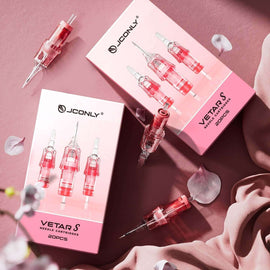
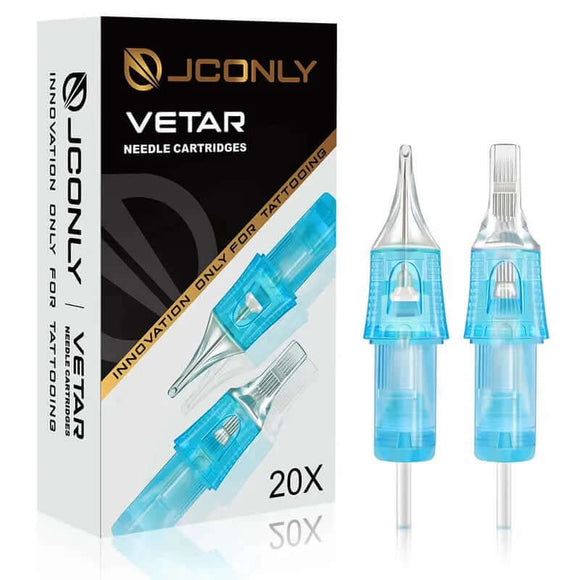
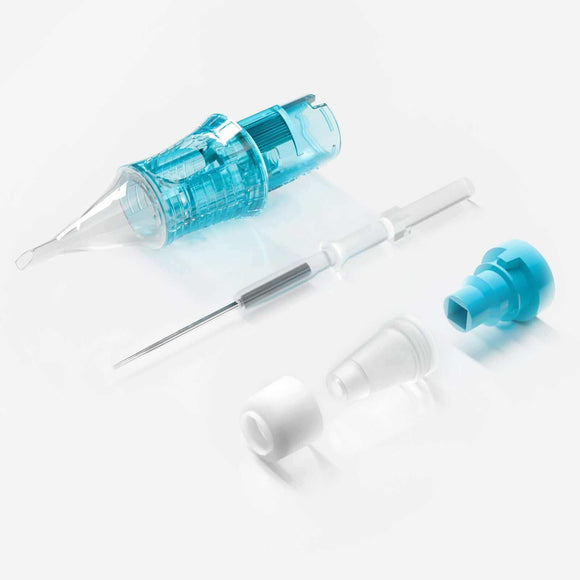
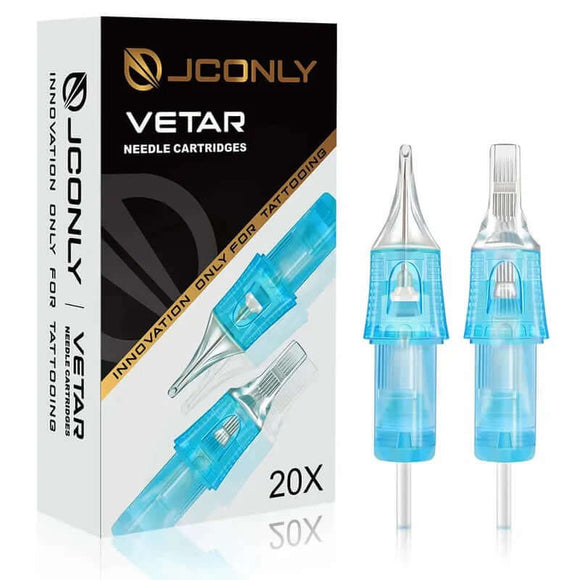
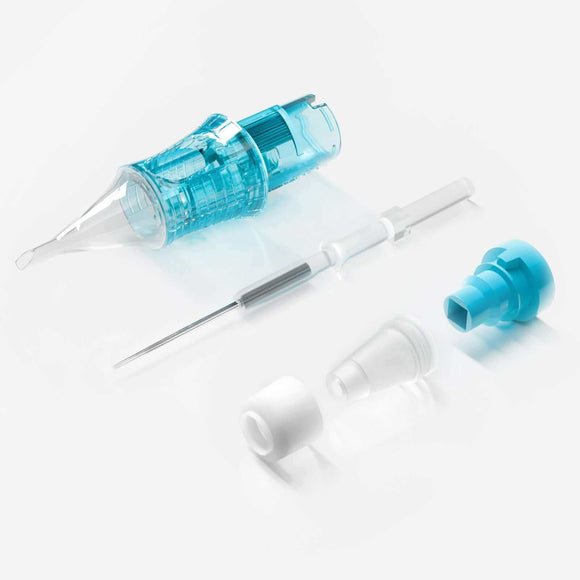
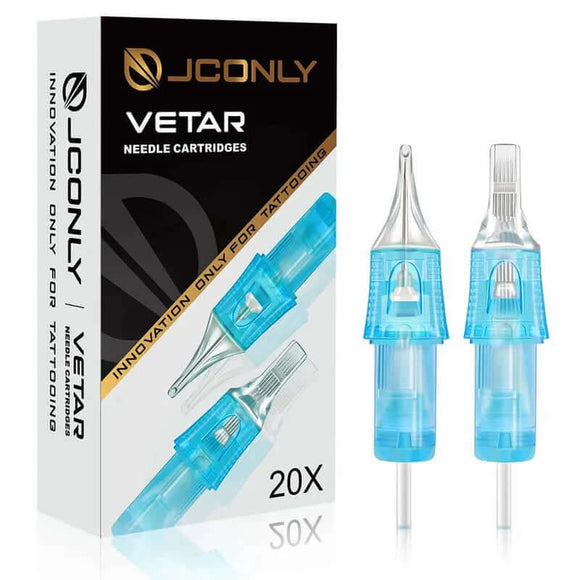
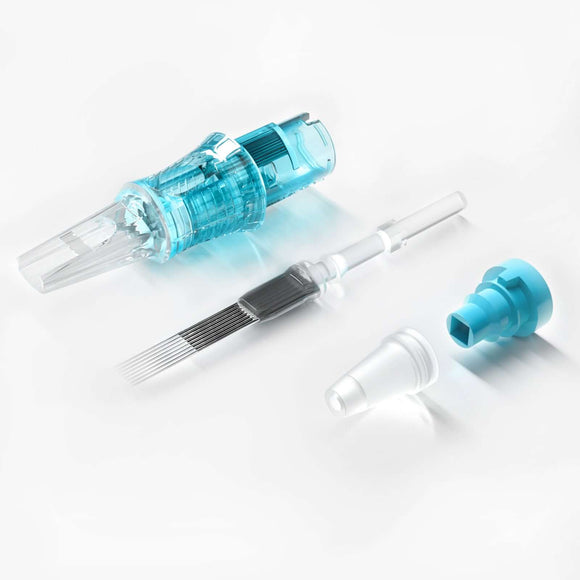
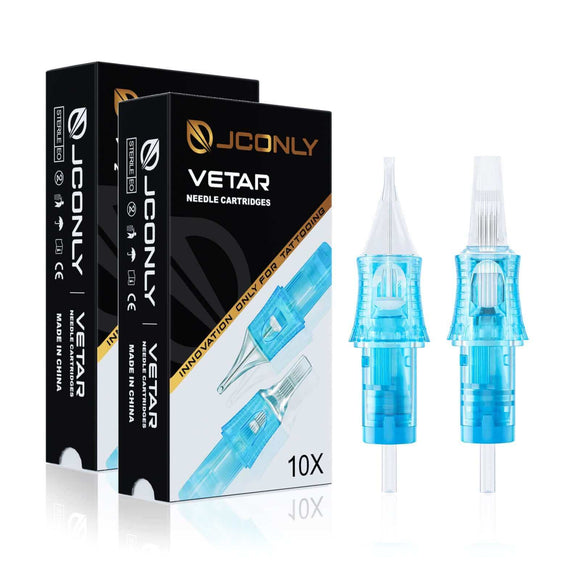
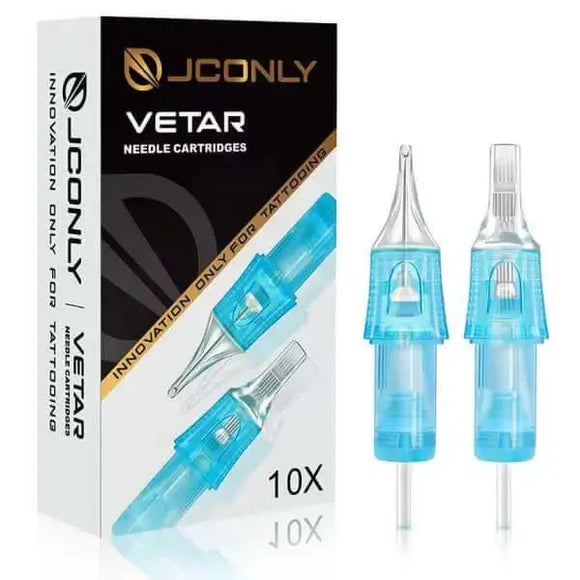
Comentarios